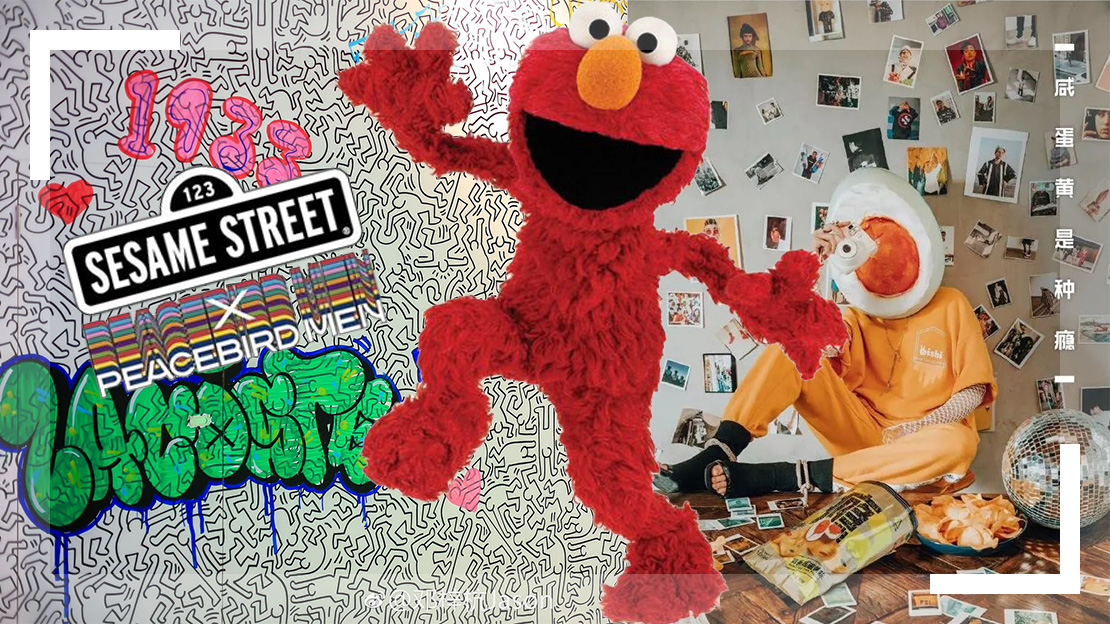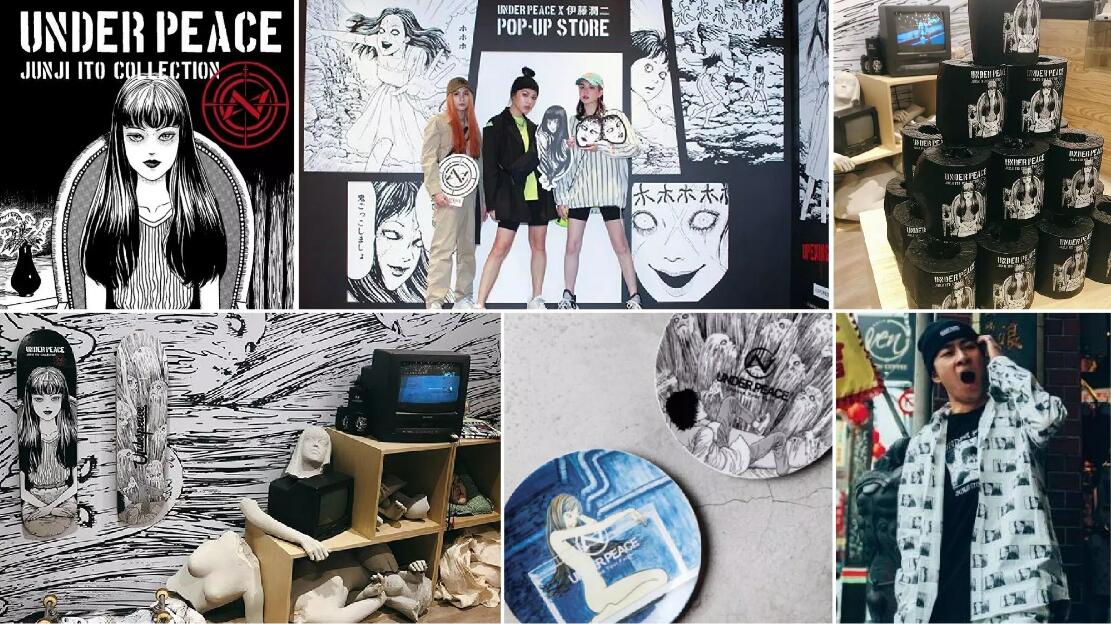
Consumers and investors are increasingly concerned about environmental issues. From alternative raw materials to which categories are growing faster, Luca Solca studied four issues facing the luxury goods industry.
Geneva, Switzerland-Consumers and investors are increasingly concerned about the environment, and four related forces will reshape the luxury goods market. More importantly, as climate and population growth put greater pressure on our planet, these concerns may intensify over time.
Environmental consumers will increasingly ask themselves which products are the most environmentally friendly, and then buy these products. But this is not an easy question to answer. Under which conditions the environment is much eco-friendly? How much is the water consumption? How about the carbon dioxide emissions? How serious is the pollution? If the mining industry is more environmentally friendly, then hard luxury goods will be the best choice.
Think about this, watches and jewelry have been worn thousands of times before being replaced, and most fashions have been worn dozens of times at most. More importantly, the environmental footprint of maintaining hard luxury goods is negligible. In contrast, the washing and dry cleaning of ready-to-wear garments has created a very negative environmental impact throughout its life cycle, and this effect is as serious in its production process.
Even if we take into account the pollution factor (the CO2 emissions of the mining industry are 2-10 times that of the fashion and accessories manufacturing industry), for those hard luxury brands trying to reduce the impact, using recyclable precious metals may be a very wise move. For example, 71% of Pandora’s gold and silver comes from recycled materials, and the brand’s goal is to reach 100% by 2025.
Alternative raw materials
The consumers ‘concern about animal welfare and the link between animal products and the environment are continuing to rise. Almost all major luxury brands have begun to ban the use of animal fur, which was the pillar product of the luxury industry in the past. As the recent controversy over crocodile farming has shown, we expect that the use of rare leathers may have a similar ending. In December 2018, Chanel announced that it would no longer use rare leather and fur in its collection. Wherever Chanel goes, others will follow.
The problem with leather is the same: Synthetic leather is the choice of only a few brands today, mainly because leather is largely regarded as a by-product of meat production. But as people continue to reduce beef intake, cowhide substitutes will definitely become more and more important. Luxury companies must improve their usage of raw materials, especially when a specific raw material is at the core of their brand’s DNA. Prada’s move to recycle nylon is the best example of proactive management in this regard.
Try to resell, challenge the brand perception
Luxury and fashion products are opening up to a wider audience, and the secondary market is about to usher in major developments. Although environmental issues may be a factor that drives people’s increasing interest in “second-hand” products, the main factor is actually the decline in the price of iconic luxury products for consumers and the increase in retail traffic. Resale giants The RealReal, Vestiaire Collective and Chrono 24 are at the forefront of the “second-hand” revolution, followed by a long list of players available.
Luxury brands are slowly embracing this trend and have established similar special partnerships and initiatives with existing physical and digital retailers such as Selfridges and Farfetch. Just not very long ago, Gucci collaborated with The RealReal to launch an online store.
The demand for second-hand products is often concentrated on big brands, even more than the demand in the primary market. A special study pointed out that Louis Vuitton, Hermès, Chanel and Gucci accounted for most of the second-hand demand for handbags, while Rolex dominated the watch market. This may increase the popularity of products on the Internet and on the street, which also means that luxury giants must further increase their efforts to fight with the brand vulgarization.
Stricter ESG reporting
ESG (Environmental, Social and Corporate Governance) reporting is still in its Primary Stage, much like financial reporting before the introduction of stock market regulators. In the luxury goods industry, companies often emphasize indicators that make themselves look good, while only making limited disclosures in other areas. But driven by consumer and investor demand, this situation may change quickly.
The negative environmental impacts of the fashion and luxury goods industries mainly occur in their extended supply chains. Observing the company’s specific performance and comparing vertically integrated companies at different levels will yield meaningless results.
Even if we look at elements such as carbon emissions that have received much attention recently, we found that Richemont is one of the few companies that report emissions within the “Scope 3”, which means that it not only discloses the third-party suppliers’ Direct emissions and their indirect emissions are also disclosed. The other exception is Kering Group, which also provides more extensive information disclosure. We expect this to become standard practice in the future.
View more fashion trend news for clothing: https://www.popfashioninfo.com/






























